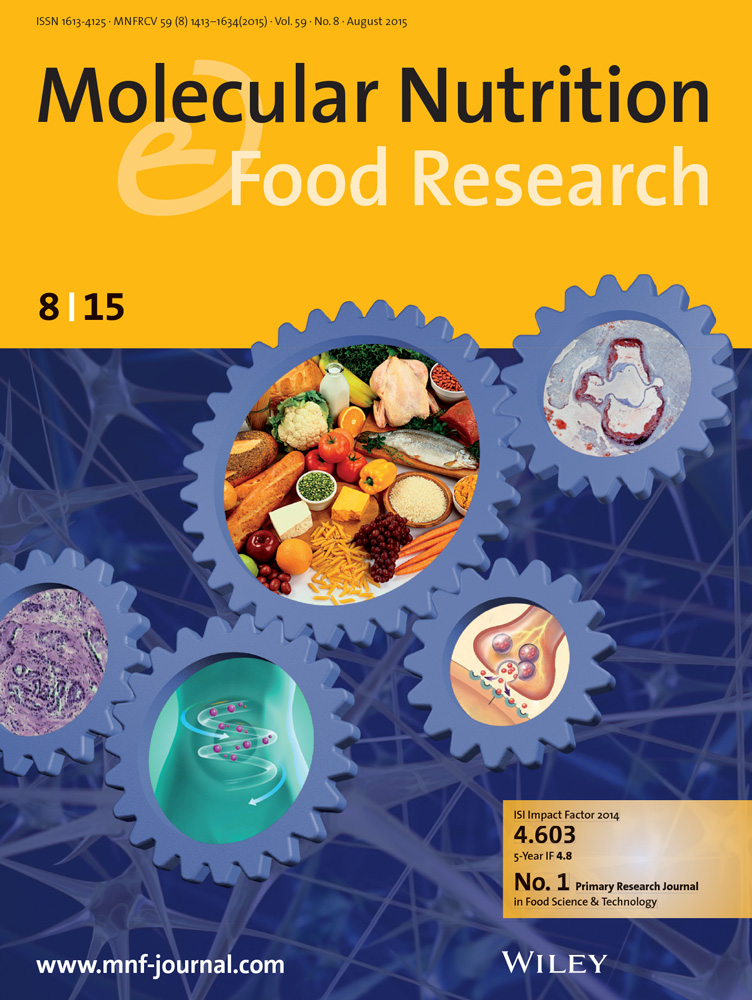Apigenin Ameliorates Insulin Resistance in 3T3-L1 Adipocytes: Establishment of a New Insulin Resistance Model Induced by Combined Treatments
Abstract
Adipose tissue dysfunction due to insulin resistance (IR) plays a central role in the development of metabolic diseases. Obesity-associated IR greatly attributes to low-grade inflammation and high circulating levels of FFAs and sugar. 3T3-L1 adipocytes exposed to a mixture of TNF-α, fructose, and palmitate acid for 24 h were validated as a model to simulate the pathogenesis of IR in obese people under a high–fat–fructose diet. Results show that the combined induction medium (CIM) successfully induced IR in 3T3-L1 adipocytes by impairing insulin signaling pathway. In the meantime, MAPK (JNK, ERK) pathway and NFκB p65 were activated, which are signs of inflammation response. Moreover, CIM caused mitochondrial dysfunction and oxidative stress. In addition, endoplasmic reticulum stress (ER stress) was evoked by CIM through activating IRE1α/XBP1s, eIF2α, and ATF6. Apigenin could efficiently relieve IR in adipocytes through sensitizing insulin signaling pathway, exerting antioxidant activity, blocking the NFκB pathway, and suppressing ER stress. The present study may provide new tools in discovering preventive and intervention strategies for IR caused by low-grade inflammation and high–fat–fructose diets and provide a basis for the application of apigenin in IR and other IR-related diseases.



 求助内容:
求助内容: 应助结果提醒方式:
应助结果提醒方式:


